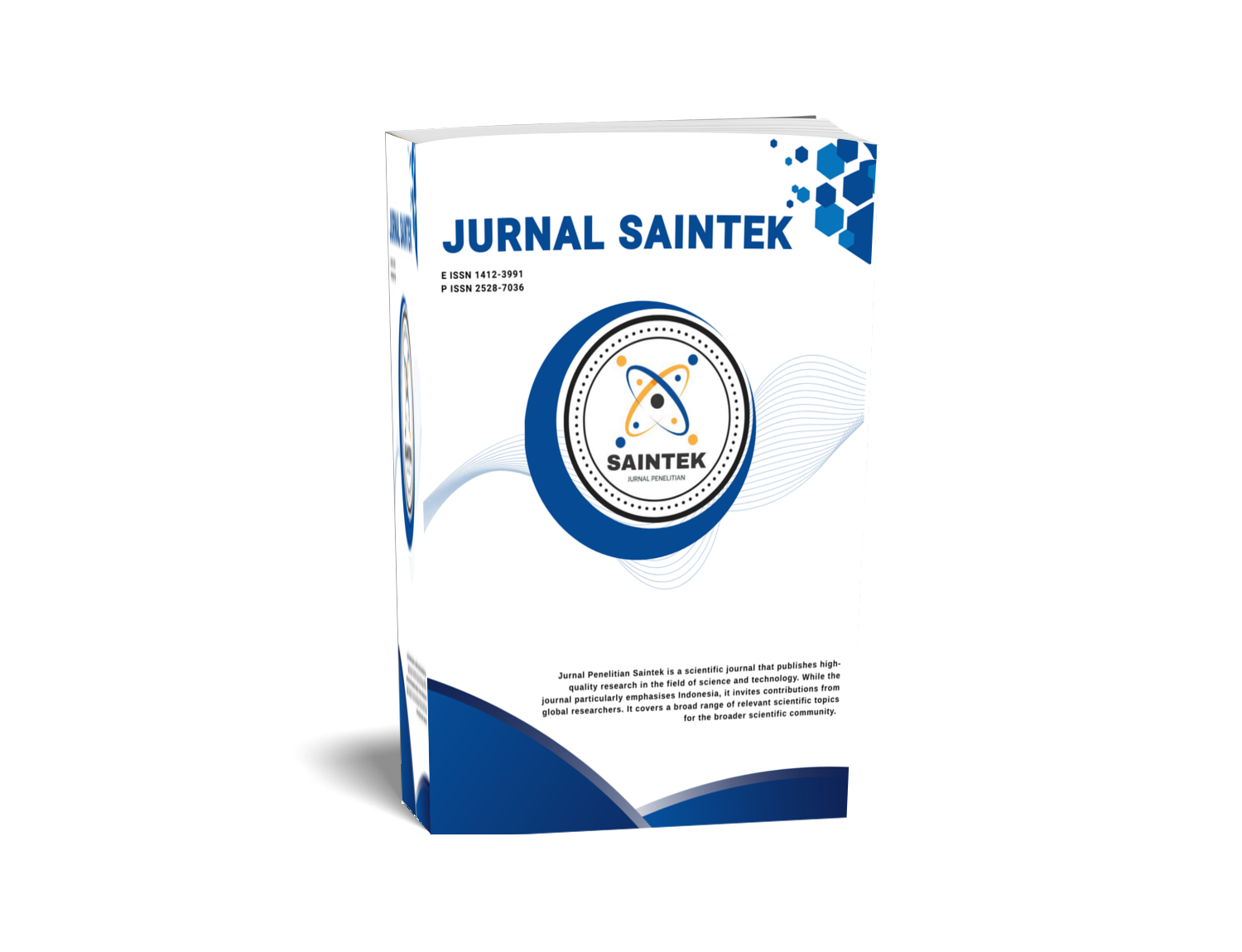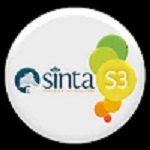AN-AGRIC ANALYSIS ANALYSIS OF MAGNET MEDAN SENSOR MAKING MATERIAL WITH ION IMPLANTATION METHOD
DOI:
https://doi.org/10.21831/jps.v8i1.5476Keywords:
sensor, ion implantation, ion dose, and GMRAbstract
electrical and magnetic properties. One is for sensor to measure magnetic field, i. e.: magnetic layer. The experiment is to find material for magnetic
layer that has high GMR ratio requiredfor sensor. The sample is an Ag-Fe thin film produced by ion implantation: silver implanted with iron ions at various doses from 1.5 x 1017 ions/em' to 9.0 x 1017 ions/em' and energy
from 40 ke V to 100 ke V GMR is determined by four-point probe method in
magneticfield Based on data analysis is conclused that: (1) Increasing of iron ions in Ag-Fe that produced by ion implantation causes decreasing of resistivity. Initially, increasing of annealing temperature causes decreasing of resistivity to minimum point, then the resistivity increases by increasing of annealing temperature; (2) Influence of ions dose, energy and annealing temperature to GMR:' (a) Initially, increasing of iron ions increases GMR ratio to the maximum point, then the GMR ratio decreases, (b) Increasing of the ion energy that is used the GMR ratio produced decreases and (c) Increasing of annealing temperature can rise GMR ratio; (3) Ag-Fe for ion. dose of 6. 0 x 1017 ions/em', energy of 100 ke)', and annealing temperature
at 300 'C has a minimum resistivity of (16.7 :f: 3) x 10.9 f2m and optimum of GMR ratio of 6.49%. Ag-Fe in the condition is a good material fot: magneticfield sensor; and (4) the curves of magnetoresistance are simetry and maximum resistance about magneticfield equal to zero.
Downloads
How to Cite
Issue
Section
Citation Check
License
Who Can Submit?
Any individual may submit an original manuscript for consideration for publication in Jurnal Penelitian Saintek as long as they hold the copyright to the work or are authorized by the copyright owner(s) to submit it. Authors retain initial ownership of the copyrights to their works prior to publication, except in cases where, as a condition of employment, they have agreed to transfer copyright to their employer.
User Rights
Jurnal Penelitian Saintek is an Open Access journal. Users are granted the right to read, download, copy, distribute, print, search, or link to the full texts of articles, provided they comply with the conditions of the Creative Commons Attribution-ShareAlike License 4.0 (CC BY-SA 4.0).
https://creativecommons.org/licenses/by-sa/4.0/
Author Rights
Authors retains copyrights.
Jurnal Penelitian Saintek by http://journal.uny.ac.id/index.php/saintek is licensed under a Creative Commons Attribution-ShareAlike 4.0 International License.










